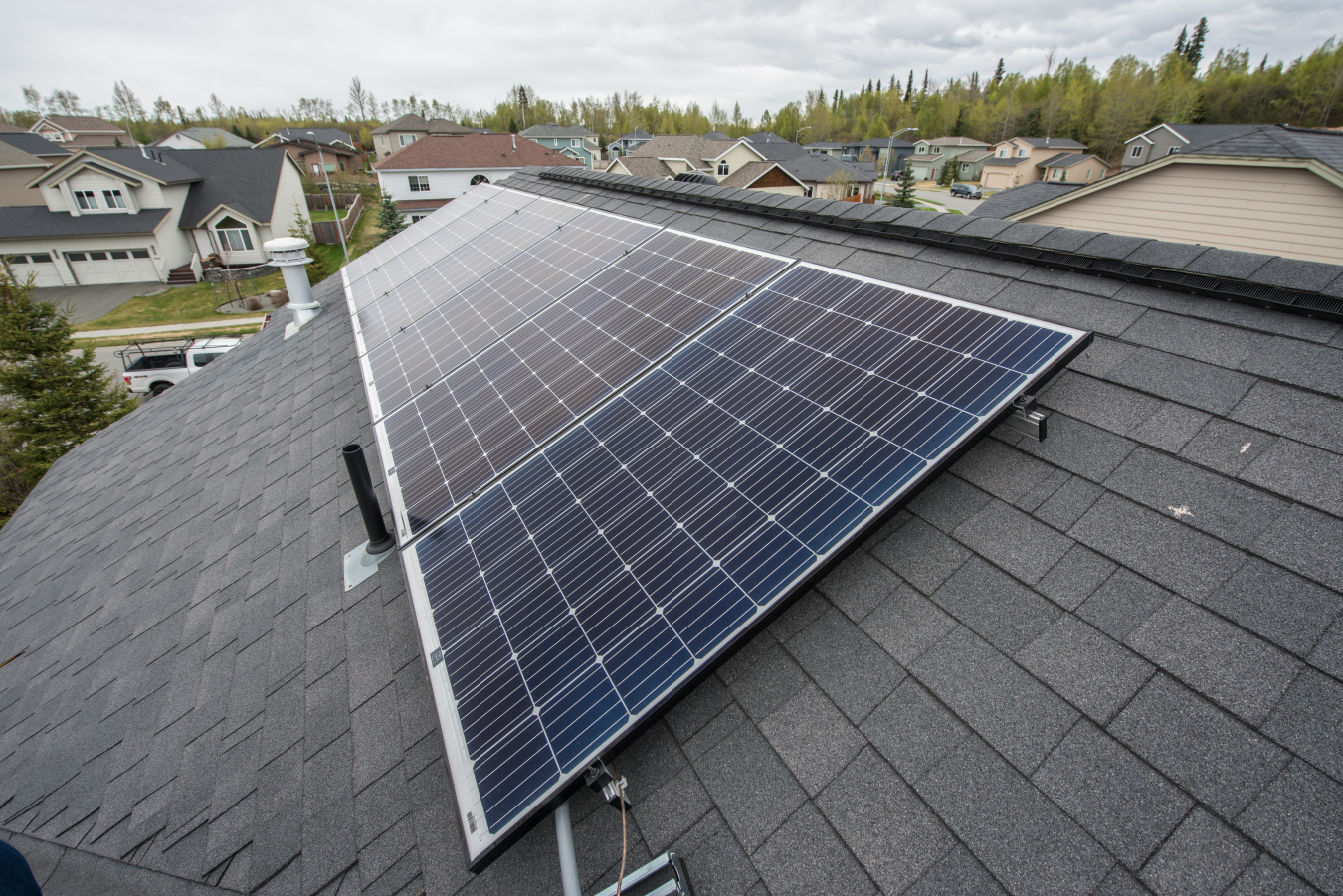
So you’re thinking about joining the 3 million U.S. homeowners who have gone solar. Solar energy will help you save on your monthly electricity bills and combat climate change, but what needs to happen to get those solar panels on your roof?
Along with understanding the solar installation process, being familiar with your individual circumstances, like the age of your roof, can help you be a more informed solar consumer. Here are the steps to take to get powered by sunshine.
- Choose a solar installer. An installer can help you determine whether your roof is suitable for solar panels. Begin by researching qualified, insured installers online or asking for recommendations from people who’ve gone solar. Comparison-shop by asking multiple installers to come assess your roof. Make sure your installer is licensed and certified by a reputable organization like the North American Board of Certified Energy Practitioners. When reviewing your contract, make sure you understand the terms and don’t hesitate to ask questions.
Note: Your solar installer will guide you through the process and some companies will do everything else for you! But, here’s what else needs to happen:
- Make sure your roof can support solar panels. A solar installer, roofing expert, or structural engineer can help you determine your roof’s solar suitability. It can help to know when your roof was installed or replaced, but if you don’t know and can’t ask the previous homeowners, your local government should have a record of when it issued the building permit. (It can often save you money if you install solar at the same time as a roof replacement .)
- Determine your home’s solar potential. Aside from your roof’s condition, your home’s solar rooftop potential depends on your geographic location, the position of your home in relation to the sun, how much shade you have, and the PV system you and your installer choose. These mapping services and tools can help you find out how much sunlight will reach your solar panels, along with your potential cost savings from going solar, but your installer can assess this for you too. Note that online tools estimate our solar potential using remote data sources, like satellite data. For a detailed determination of your solar potential, work with an installer.
- Calculate your electricity needs. Reviewing your previous electricity bills can help you figure out how much power you need annually and seasonally. This is a good time to do a home energy audit to see whether you need to make any energy-saving home improvements so that you can get the most out of your system. Your installer may be able to look at your bills to help you determine your current and long-term energy needs. Remember to consider any recent or future changes to your home that may affect your usage. For example, you may have just bought new energy-efficient appliances, or you could be planning to buy an electric vehicle that will need charging.
- Evaluate your finance options. You can buy or lease a PV system. Buyers can either purchase a system outright or obtain a solar loan. When you own a system, you receive solar tax credits and incentives, but you won’t if you lease. Some solar loans allow you to take advantage of the federal investment tax credit up front by allowing the loan provider or solar installer to take the credit in exchange for a reduced system cost or loan amount. Leasing a system can go one of two ways: You can pay a leasing company a fixed monthly payment for the use of your PV system, or you can enter a power purchase agreement, meaning you’d buy the electricity your system generates based on a set price per kilowatt-hour.
- Obtain permits and schedule inspections. Give your installer the information they need to obtain the permits and arrange the inspections that your local government requires. The PV system installation generally takes only a few days, but it can take weeks to months get the necessary permits and inspections, and it largely depends on the local regulations in your area. The National Renewable Energy Laboratory’s SolarTRACE tool can give you a general idea of how long it may take to complete the permitting, inspection, and interconnection process in your jurisdiction.
If your home is not suitable for rooftop solar, you can still get the benefits of clean energy by investing in a community or shared solar program. By going solar, you can play an active role in achieving the nation’s goal of a carbon-free electricity sector by 2035. For more information, visit the Homeowner’s Guide to Going Solar.
This blog post is part of the Energy Department’s Summer of Solar campaign, which lifts up stories of the diverse Americans who use solar energy and the communities that are making it easier to go solar.
